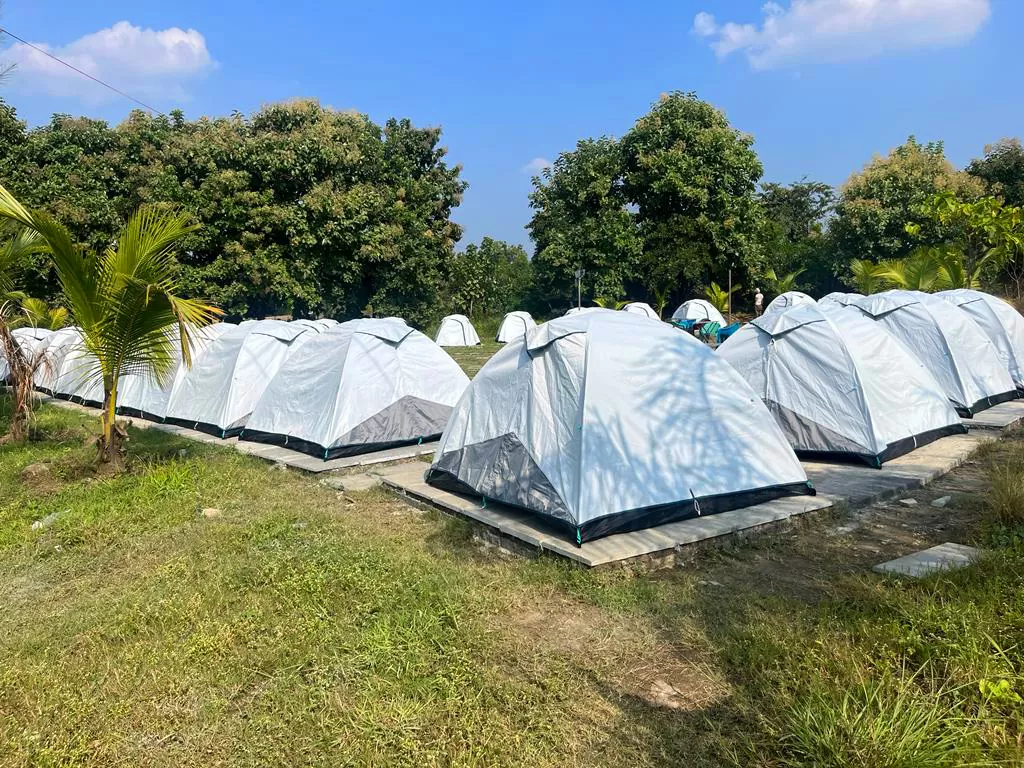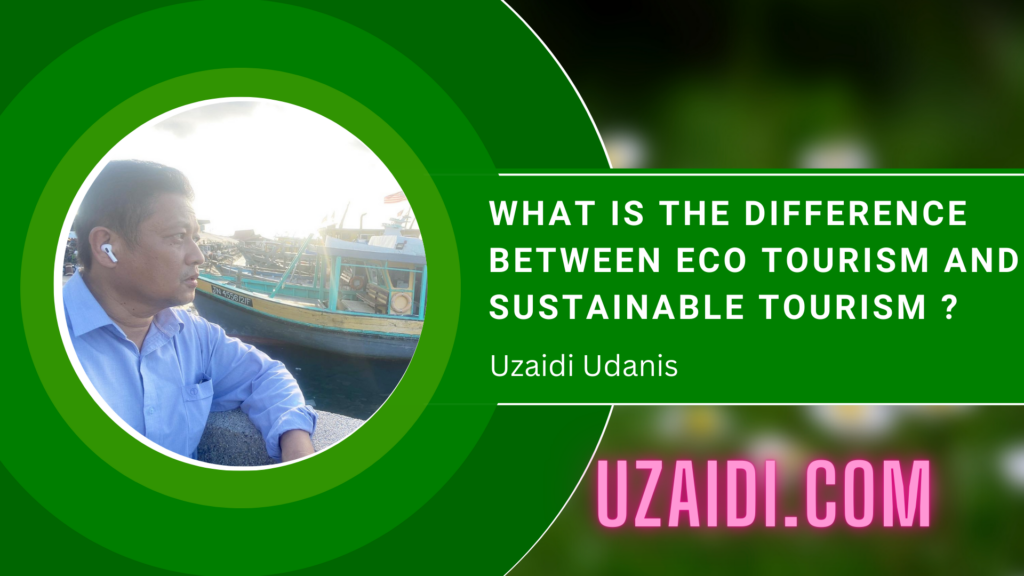Why camping activities are getting popular among Malaysians?

Malaysian love to travel and locals love to try out new alternatives way for them to enjoy travelling.
Malaysian travellers always in looking for ways to enjoy themselves and relax while still following social distancing guidelines. Camping and other outdoor activities can provide an opportunity to get away from crowds and spend time in nature, which can be especially appealing during a time of uncertainty and stress.
The pandemic may have led to a desire for more affordable and flexible vacation options. Camping and other outdoor activities can be more budget-friendly than more traditional types of travel, and they often allow for more flexibility in terms of late check in and out , scheduling and destination choices.

The pandemic may have led to an increase in the popularity of outdoor activities as people seek ways to improve their physical and mental health. Camping and other outdoor activities can provide an opportunity for exercise, fresh air, and stress relief, which may be especially important during a time of increased anxiety and isolation.

…but with the incidents happens in Batang Kali , campsite operators face huge losses.
Campsite operators are facing cancellations and losses at a recreational site near Genting Highlands.
According to The Straits Times , A campsite operator, who wished to be known only as Ros, said bookings at her premises went down by at least 30 per cent after the incident, causing her business to suffer more than RM6,000 in losses to date.
“Even though our premises are located about 9km away from the landslide location, we’re already getting cancellation requests for the bookings we received for the last week of December and onwards,” she told The Straits Times.
We don’t blame them for cancelling, but since this is our source of income and a peak season for us, we hope the government and the authorities can help manage public fear,” she said.
Another campsite operator, who wished to be identified only as Yus, said: “Yes, our business is deeply affected even though we’re 17km away, but there is no way we can avoid this. For now, the bookings that have been cancelled from Friday to the first week of January 2023 are worth about RM9,000.”
I personally think that the industry players and campsite operators need to work together with local council on how we can minimise untoward incident in future .
My next article , I will share on how i think we can improve the safety of a campsite against landslides.




